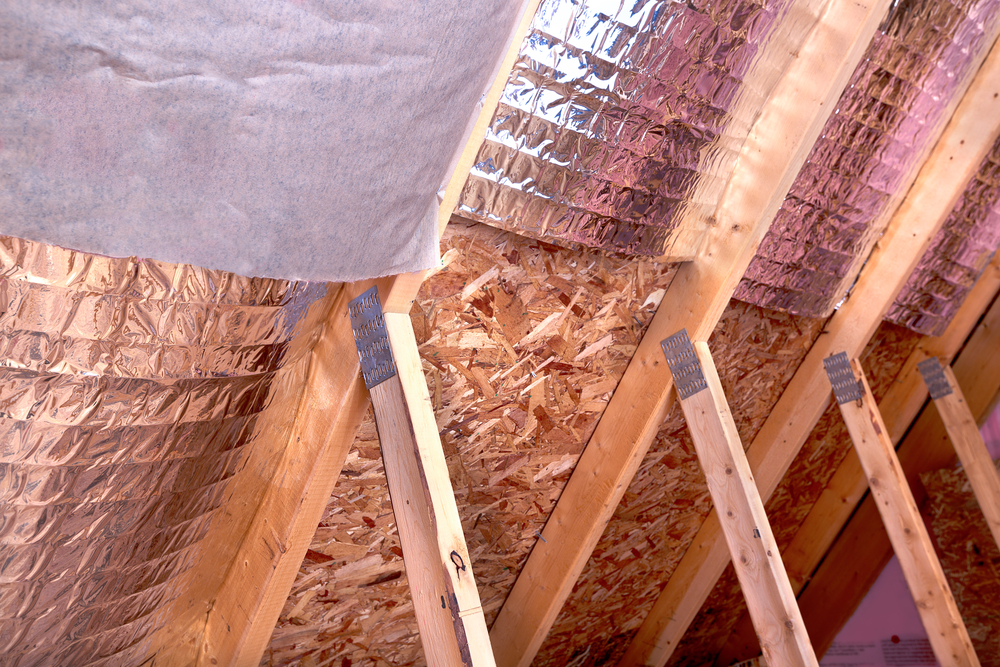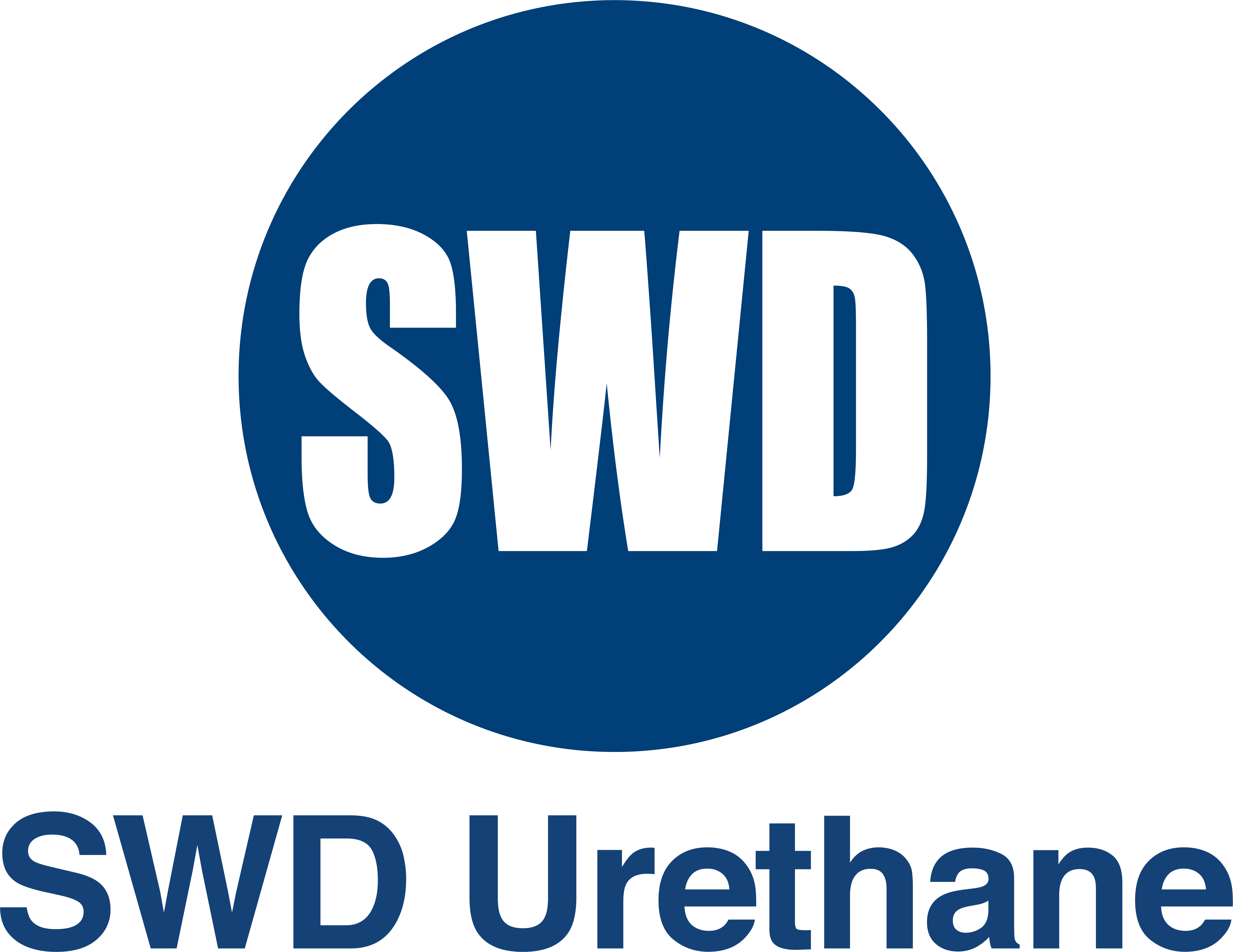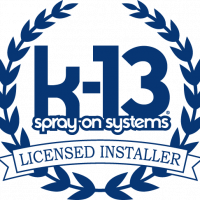
As August arrives, bringing with it scorching heat waves and intense solar radiation, homeowners in hot climates such as California and Nevada face a common challenge: keeping their homes cool without excessive reliance on air conditioning. Two popular attic cooling solutions rise to the forefront in this battle against the heat—radiant barrier systems and reflective roof coatings. Though both are designed to mitigate solar heat gain, they function in distinct ways and offer different advantages depending on climate, roof construction, and homeowner priorities. In this in-depth comparison, we’ll explore how these two technologies perform during intense summer heat, especially in the unforgiving August sun.
Radiant Barriers in Extreme Heat
A radiant barrier is a type of thermal insulation primarily used in attics to reflect radiant heat rather than absorb it. It typically consists of a highly reflective material, such as aluminum foil, applied to one or both sides of a substrate like kraft paper or OSB (oriented strand board). In places like California, radiant barrier installations are increasingly common because of their effectiveness in dealing with prolonged sun exposure and high air conditioning loads.
During August, attics can reach temperatures of 130°F or higher. Radiant barriers function by reflecting up to 97% of the radiant heat from the sun, preventing it from being absorbed into the attic insulation and ceiling below. The result is a cooler attic space, which significantly reduces the heat load on the living areas and lessens the burden on HVAC systems. In climates where the sun is relentless—such as the Inland Empire, Phoenix Valley, or the Las Vegas metro area—the payoff is immediate: reduced cooling bills, longer HVAC lifespan, and enhanced indoor comfort.
Another benefit of radiant barriers is their low maintenance and long-term durability. Once installed, especially on the underside of the roof decking or rafters, they can last for decades without degradation. For California radiant barrier users, this longevity translates into consistent savings across many summers. However, the performance of radiant barriers is optimal only when installed with proper ventilation to dissipate trapped heat.
The Science Behind Reflective Roof Coatings
Reflective roof coatings, often referred to as “cool roof” coatings, are specialized paints or elastomeric membranes applied to the outer surface of a roof. These coatings contain reflective pigments that bounce a significant portion of the sun’s energy away from the roof, thereby reducing its surface temperature. The core principle is similar to that of radiant barriers, but the application and mechanism differ.
Unlike radiant barriers that work from inside the attic, reflective roof coatings protect the roof surface itself. In August, when solar exposure is at its peak, a standard dark-colored roof can reach temperatures of 150°F or more. Reflective coatings can reduce that temperature by up to 50°F. This decrease not only reduces the amount of heat transmitted into the attic space but also helps extend the lifespan of roofing materials by minimizing thermal expansion and UV damage.
For flat or low-slope roofs, which are common in Nevada home insulation systems, reflective roof coating is particularly beneficial. It is often used in commercial buildings but is gaining popularity in residential settings where energy efficiency and environmental consciousness are top priorities. These coatings also contribute to better urban air quality by reducing the “heat island” effect in densely populated areas.
Performance Comparison in August Conditions
When it comes to real-world performance during August heat waves, both systems offer substantial benefits, but their effectiveness can vary depending on several factors including roof type, existing insulation, climate conditions, and budget.
Radiant barriers excel in ventilated attic spaces where reducing radiant heat transfer is the priority. Homes with pitched roofs, attic ventilation fans, and conventional insulation for summer heat gain an added layer of protection from radiant heat entering the living space. Their passive performance—requiring no maintenance after installation—makes them a favorite in many California homes, especially where attic spaces are large and prone to overheating.
Reflective roof coatings, on the other hand, perform exceptionally well in direct sunlight exposure scenarios. In Nevada, where flat-roofed homes are prevalent, this method significantly cools the roof surface and thus the structure below. Because it reflects sunlight before it even enters the roofing material, the effect is immediate and visible. Additionally, some coatings provide waterproofing properties, adding another layer of protection during rare summer storms or monsoonal moisture.
Both systems see their peak performance in August when solar radiation is at its most intense. In side-by-side comparisons, reflective roof coatings tend to show quicker results in roof surface cooling, while radiant barriers provide better attic insulation and prolonged cooling efficiency throughout the day and into the evening hours.
Cost, Installation, and Practical Considerations
One of the main differences between these two systems lies in their installation and initial cost. Radiant barrier installation often requires attic access, whether through stapling foil to rafters or using foil-laminated decking during new construction or re-roofing. For existing homes, this might involve higher labor costs but yields a long-term insulation strategy with minimal upkeep.
Reflective coatings are easier to apply in many cases, especially during re-roofing or as part of a roof maintenance cycle. They are often applied with a roller or sprayer and can be part of DIY projects or professional services. Their cost varies depending on the brand, composition (acrylic, silicone, polyurethane), and number of layers applied. However, they may require reapplication every 10–15 years to maintain optimal performance.
In choosing between the two, homeowners should consider the structure of their home, the age and material of the roof, and whether attic access is available. In the hotter regions of California, radiant barrier systems often complement existing attic insulation to create a multi-layered defense against summer heat. In Nevada, home insulation strategies frequently incorporate reflective coatings for flat-roofed dwellings, especially in older neighborhoods where retrofitting with a radiant barrier may be impractical.
An ideal scenario may involve a hybrid approach: a reflective roof coating to reduce surface temperature, combined with a radiant barrier beneath to reflect any heat that does manage to penetrate. This multi-tiered strategy maximizes performance, especially in August when both radiant and conductive heat are at their highest levels.
Environmental and Energy Efficiency Impacts
Beyond personal comfort and utility savings, radiant barrier and reflective roof coating technologies contribute significantly to broader environmental goals. Reducing the amount of heat entering homes leads to lower air conditioning use, which in turn reduces peak electricity demand—a common issue in August when grids are often strained.
In California, energy codes and incentives often encourage the use of radiant barrier products, especially in new constructions adhering to Title 24 requirements. As part of a comprehensive approach to insulation for summer heat, these products help meet energy efficiency targets while enhancing property value. Solar-ready homes also benefit, as cooler attics and roofs improve the efficiency of solar panels.
In Nevada, home insulation strategies that include reflective roof coatings contribute to sustainability goals and energy rebate programs. Many utilities offer incentives for cool roof installations, recognizing their role in reducing urban heat and smog.
Both technologies reduce greenhouse gas emissions indirectly by curbing energy consumption from fossil-fuel-powered air conditioning systems. As climate change intensifies and heat waves become more common and severe, such cooling technologies offer a proactive path toward resilience.
Ultimately, whether a homeowner opts for a radiant barrier, reflective roof coating, or both, the result is a cooler, more energy-efficient home, especially during the dog days of August. By tailoring attic cooling solutions to the specific needs of the structure and region, residents can enjoy comfort while lowering their carbon footprint and utility bills.
Conclusion
As temperatures soar across the Western United States during the peak of summer, choosing the right insulation method is crucial. Radiant barrier systems offer an internal defense, keeping attics cooler and reducing the workload on air conditioning systems. Reflective roof coatings act as the first line of defense, bouncing solar radiation away before it can even enter the building envelope. For homeowners in hot climates like California and Nevada, the combination of both technologies can create a powerful synergy. In the battle against August heat waves, a strategic approach to home insulation delivers not just comfort, but long-term economic and environmental benefits.
Need Insulation Near You?
Since 2001, Ace Insulation Inc. has been your premier insulation experts. We take pride in being locally owned and operated as well as offering high-quality service. We specialize in the installation of insulation. Whether you are building a new home or renovating your existing space, we are the place to call. We have many materials to choose from, including fiberglass and spray foam. If you are looking for high-quality work, call us today to schedule your next consultation!


